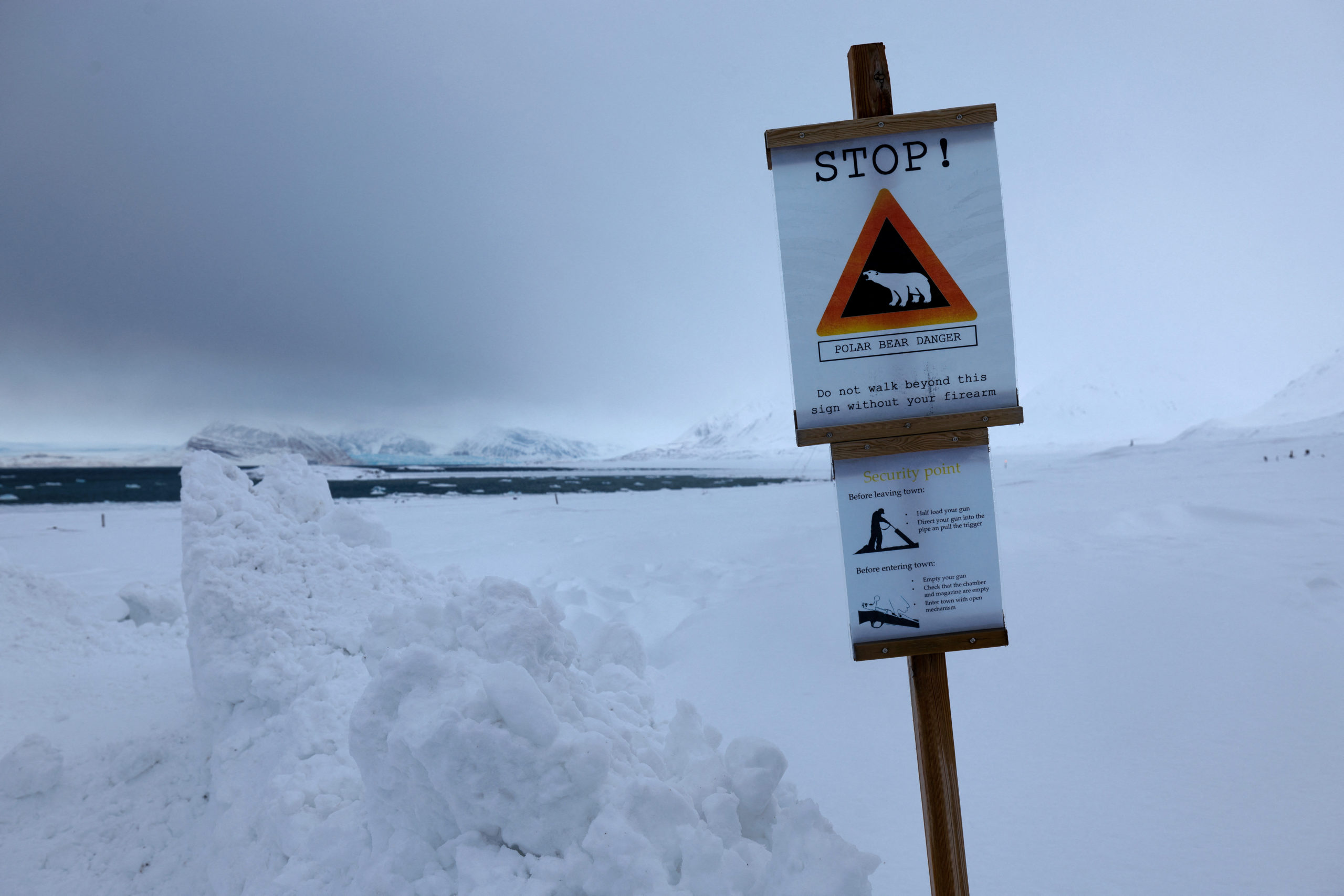Arctic warming threatens wider world, annual report card warns

The Arctic experienced the warmest summer on record this year, contributing to extraordinary wildfires and melting glaciers while threatening the rest of the world with problems including higher sea levels, a US report said on Tuesday.
Summer surface air temperatures in the Arctic were the highest since at least 1900 as the Arctic continues to warm twice as fast as the rest of the globe because of human-caused climate change, according to the National Oceanic and Atmospheric Administration’s (NOAA) 2023 Arctic Report Card.
The annual report showed more frequent extreme weather and climate events with global impact.
Warming across parts of northern Canada and the Canadian Arctic Archipelago coincided with below-normal precipitation over those areas, contributing to an extreme wildfire season there.
Greenland lost another 350 trillion pounds (158.7 billion metric tons) of mass from its ice sheet, extending a trend of losing land ice since 1998.
“Arctic warming has far-reaching long-term consequences beyond the region,” the report said as land ice losses contribute to rising seas that threaten housing, transportation and businesses in coastal cities.
The loss to Greenland’s ice sheet this year was well below the 22-year average because of abundant snowfall, but the heat still took its toll.
Summit Station, the highest point on the ice sheet, experienced melting for only the fifth time in the 34-year record, the report said. The cumulative melt-day area – a measure of the area that melts each day—approached an all-time record.
The report found that “irreversible climate harms caused by an overheating Arctic will continue to reverberate across North America and Eurasia,” said Brenda Ekwurzel, the director of climate science at the Union of Concerned Scientists, who has conducted climate research in the Arctic but did not contribute to the report.
The report also detailed “unequivocal evidence of Arctic greening” as warmer temperatures, increased precipitation and melting permafrost result in shrubs and trees taking over grassland and tundra.
Higher greening was seen this year in the North American tundra with relatively low greening in the Eurasian Arctic, it said. So-called “peak tundra greenness” in the Arctic hit the third-highest level in 24 years of study.
Greening could speed climate change by releasing large amounts of carbon dioxide that had been stored in the permafrost.
Reporting by Timothy Gardner in Washington and Daniel Trotta in Carlsbad, California, editing by Deepa Babington